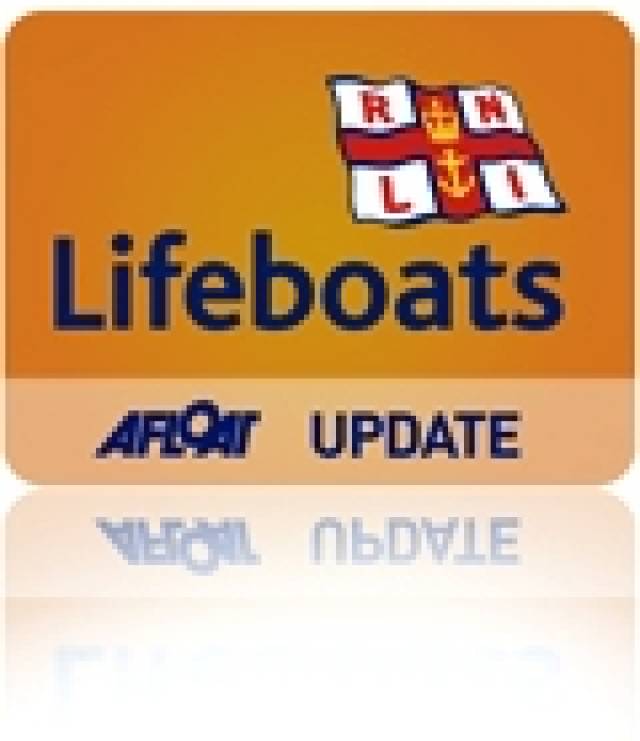#RNLI - Roy Teggarty has retired as lifeboat operations manager at Kilkeel RNLI in Co Down.
At a social evening in the local British Legion on Friday 27 March, Teggarty was pleased to greet fellow Kilkeel RNLI colleagues as well as staff and volunteers from neighbouring stations.
Coming from a fishing and nautical background, Teggarty was an obvious choice when in 1994 the lifeboat crew in Kilkeel were looking for a deputy landing authority (DLA).
He brought hard work, dedication and excellent organisational skills to the station ensuring, with the help of others in management, that the building and the equipment were always up to the required tasks.
In the year 2000, all his experiences were recognised when he was appointed as lifeboat operations manager (LOM). Over the years he has ensured that the crew have maintained the high professional standards they have always set for themselves.
Commenting on his years of service, Teggarty stated that the majority of callouts have been routine but, as always with this role, some have been very very dark tragic days.
"I have thoroughly enjoyed my time as DLA and LOM of Kilkeel RNLI, working with a dedicated team of volunteers, not only on the operational side but also with the excellent team of fundraisers," he said.
"Although I am standing down as LOM, I am sure that the station will continue to provide an excellent and professional service under the leadership of their new LOM John Fisher. I wish them all the best for the future in continuing to save lives at sea."
Thanking him for his many years of service, Leslie Campbell, Kilkeel RNLI volunteer lifeboat press officer, said: "The crew and fundraisers would like to wish Roy a long and rewarding retirement free from early morning alarm calls and thanks for your dedication, loyalty and years of faithful service."
































































